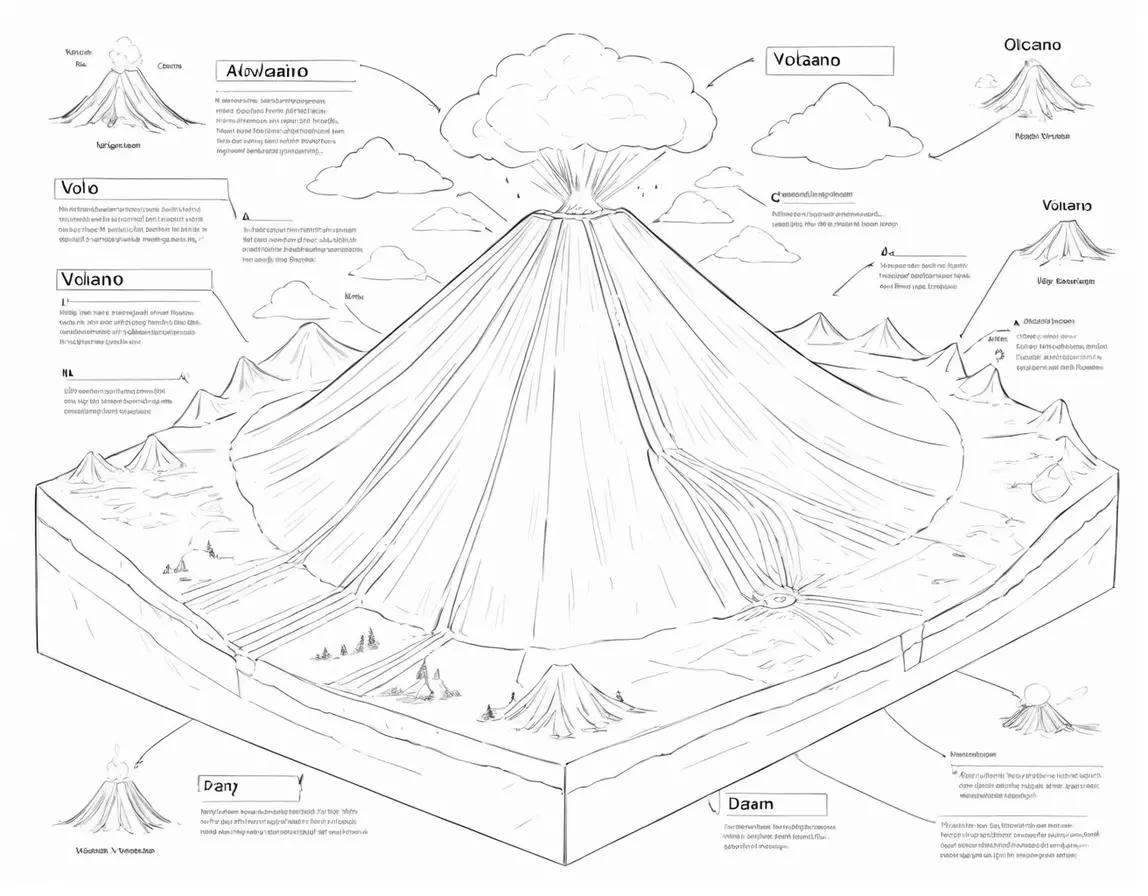
Mars, often referred to as the “Red Planet,” has long captured the imagination of astronomers and space enthusiasts. As the fourth planet from the Sun, Mars holds a unique place in our solar system and serves as a target for human exploration. In this comprehensive exploration, we delve into the physical characteristics, atmospheric dynamics, geological features, and the potential for life on Mars.
Physical Characteristics:
Mars, with a diameter of approximately 6,779 kilometers (4,212 miles), is the second smallest planet in our solar system, larger only than Mercury. Its distinctive reddish hue results from iron oxide, or rust, covering its surface. Mars has a thin atmosphere composed mostly of carbon dioxide, with traces of nitrogen and argon. Unlike Earth, Mars lacks a substantial magnetic field, which has implications for its atmosphere and exposure to solar wind.
Surface Features:
Large plains, imposing volcanoes, deep canyons, and polar ice caps are just a few of the features that make up Mars’ surface. The largest volcano in the solar system, Olympus Mons, stands proudly on Mars, reaching a height of approximately 21.9 kilometers (13.6 miles). Valles Marineris, a canyon system stretching over 4,000 kilometers (2,500 miles) in length and up to 7 kilometers (4.3 miles) in depth, represents one of the most significant geological features on the planet.
Mars is also home to polar ice caps composed of water and carbon dioxide. These caps undergo seasonal changes, expanding and contracting as temperatures fluctuate. Recent observations by orbiters and rovers have provided evidence of recurring slope lineae, dark streaks on the Martian surface believed to be associated with the seasonal flow of liquid water.
Atmospheric Dynamics:
Mars’s atmosphere, while thin compared to Earth’s, plays a crucial role in shaping the planet’s climate and surface conditions. The thin atmosphere results in temperature extremes, with daytime temperatures reaching a maximum of about 20 degrees Celsius (68 degrees Fahrenheit) near the equator and plummeting to -73 degrees Celsius (-100 degrees Fahrenheit) at the poles during winter.
The presence of dust storms is a prominent feature of Mars’s atmosphere. These storms, varying in size and intensity, can obscure the surface for extended periods. Global dust storms, which can envelop the entire planet, impact atmospheric temperature and circulation patterns, contributing to Mars’s dynamic climate.
Geological and Hydrological History:
Mars’s geological history is evident in its varied surface features. Valleys, channels, and riverbed-like formations suggest a history of liquid water flow in the distant past. Scientists believe that Mars once had liquid water on its surface, and the presence of minerals like hematite and clay supports this hypothesis.
The discovery of ancient river deltas and lakebeds by rovers like Curiosity adds to the evidence of Mars’s watery past. These findings have fueled discussions about the potential habitability of Mars in its early history and the possibility of past microbial life.
Exploration and Rovers:
The exploration of Mars has been facilitated by a series of successful missions, including orbiters, landers, and rovers. Notable among these are the Mars rovers Spirit, Opportunity, and Curiosity, each contributing valuable data to our understanding of the Martian surface and geology.
Curiosity, equipped with advanced scientific instruments, has analyzed Martian rocks and soil, providing insights into the planet’s past environmental conditions. The Perseverance rover, launched in 2020, continues this legacy, with a primary goal of searching for signs of past microbial life and collecting samples for future return to Earth.
Potential for Life:
The question of whether Mars harbors or has harbored life is a central theme in Martian exploration. While the planet’s current surface conditions are harsh, the evidence of liquid water in the past, the detection of organic molecules, and the potential for subsurface habitable zones have fueled optimism about the possibility of past or even present life on Mars.
Mars’s subsurface, shielded from the harsh surface conditions and radiation, is considered a potential haven for microbial life. Ongoing missions and future exploration endeavors aim to explore this possibility, further unraveling the mysteries of Mars’s potential habitability.
Mars, with its diverse surface features and intriguing history, continues to captivate the scientific community and space enthusiasts alike. The ongoing exploration of the Red Planet, both robotic and with future human missions, promises to uncover more secrets about its geological evolution, climate dynamics, and the potential for life.
As we unravel the mysteries of Mars, we gain valuable insights into the broader processes that shape planetary bodies, expanding our understanding of the potential habitability of celestial neighbors within our solar system and beyond.



















